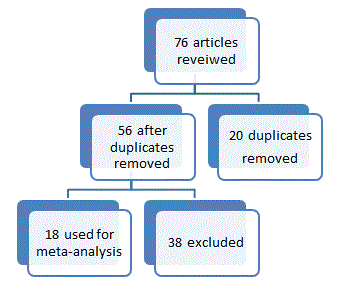Review Article Open Access
Role of Palliative Care for the Intensive Care Unit Nurse Practitioner
| Danielle L Hardin and Elizabeth Gonzales* | |
| Methodist Sugar Land Hospital, 16655 Southwest Fwy Sugar Land, TX 77479, USA | |
| Corresponding Author : | Danielle L Hardin Acute Care Nurse Practitioner Methodist Sugar Land Hospital 16655 Southwest Fwy Sugar Land, TX 77479, USA Tel: 6786994387 E-mail: hardindanielle@hotmail.com |
| Received March 13, 2015; Accepted April 25, 2015; Published April 29, 2015 | |
| Citation: Hardin DL, Gonzales E (2015) Role of Palliative Care for the Intensive Care Unit Nurse Practitioner. J Palliat Care Med 5:218. doi:10.4172/2165-7386.1000218 | |
| Copyright: © 2015 Hardin DL, et al. This is an open-access article distributed under the terms of the Creative Commons Attribution License, which permits unrestricted use, distribution, and reproduction in any medium, provided the original author and source are credited. | |
Visit for more related articles at Journal of Palliative Care & Medicine
Abstract
Abstract According to the United States Census Bureau projections for the elderly population will nearly double from estimated 43.1 million in 2012 to an estimated 83.7 million by 2050. Elderly patients admitted to the intensive care unit suffer higher short term mortality and long term disability. Medicare spending growth is also affected with increases in chronic illness and the aging, Americans dying in the hospital following intensive care unit admission each year will likely increase. Many elderly Americans spend the majority of their last few months in the intensive care unit, with only a few days enrolled in hospice before dying, despite survey results that consistently indicate patients would prefer to die at home. They want trust and confidence in their medical team. This includes trust that heroic measures will be avoided (e.g. life support) when there is no meaningful recovery. Despite these wishes, many patients suffer the agony of unnecessary painful interventions rather than allowing the individual to die with dignity. With many elderly Americans spending the majority of their last few months in the intensive care unit before dying it is important that nurse practitioners be trained in palliative care. Palliative care training can be done multiple ways. The emergence of online technology allows for interactive modules. Mandatory training and providing incentives such as contact hours or certifications are additional options. Once trained intensive care nurse practitioners can facilitate training others
Figures at a glance
 |
| Figure 1 |
Relevant Topics
- Caregiver Support Programs
- End of Life Care
- End-of-Life Communication
- Ethics in Palliative
- Euthanasia
- Family Caregiver
- Geriatric Care
- Holistic Care
- Home Care
- Hospice Care
- Hospice Palliative Care
- Old Age Care
- Palliative Care
- Palliative Care and Euthanasia
- Palliative Care Drugs
- Palliative Care in Oncology
- Palliative Care Medications
- Palliative Care Nursing
- Palliative Medicare
- Palliative Neurology
- Palliative Oncology
- Palliative Psychology
- Palliative Sedation
- Palliative Surgery
- Palliative Treatment
- Pediatric Palliative Care
- Volunteer Palliative Care
Recommended Journals
- Journal of Cardiac and Pulmonary Rehabilitation
- Journal of Community & Public Health Nursing
- Journal of Community & Public Health Nursing
- Journal of Health Care and Prevention
- Journal of Health Care and Prevention
- Journal of Paediatric Medicine & Surgery
- Journal of Paediatric Medicine & Surgery
- Journal of Pain & Relief
- Palliative Care & Medicine
- Journal of Pain & Relief
- Journal of Pediatric Neurological Disorders
- Neonatal and Pediatric Medicine
- Neonatal and Pediatric Medicine
- Neuroscience and Psychiatry: Open Access
- OMICS Journal of Radiology
- The Psychiatrist: Clinical and Therapeutic Journal
Article Tools
Article Usage
- Total views: 19295
- [From(publication date):
May-2015 - Jul 06, 2025] - Breakdown by view type
- HTML page views : 14609
- PDF downloads : 4686
